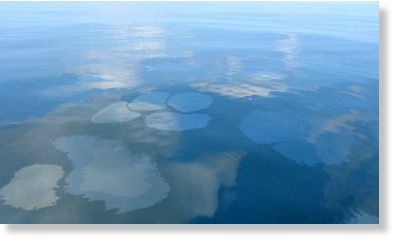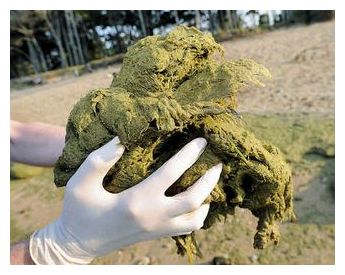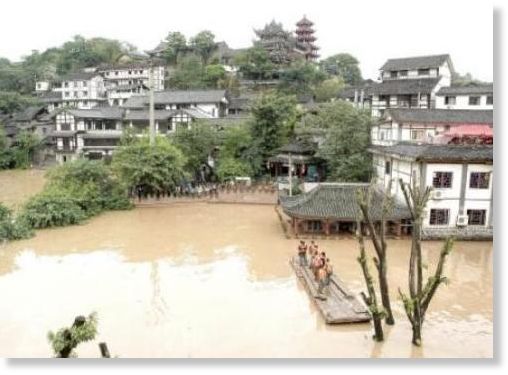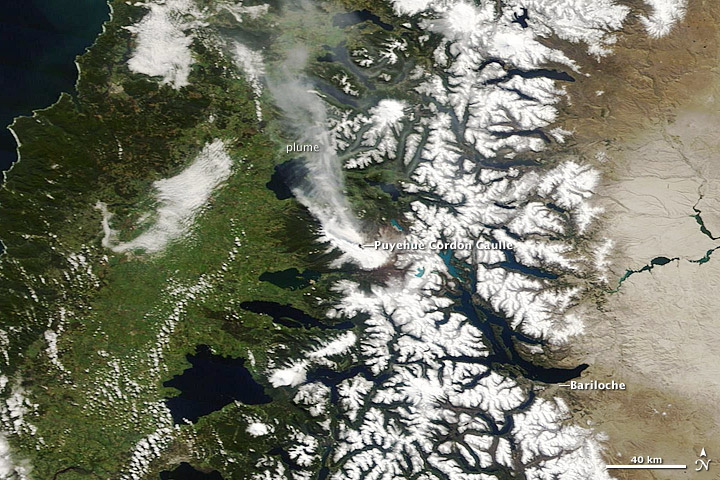
Typhoon Roke caused no immediate problems other than broken security cameras at the Fukushima Dai-ichi nuclear power plant, which had been in its path overnight. The plant had been sent into meltdown by the March 11 earthquake and tsunami, and efforts are still under way to bring the reactors under control.
Hiroki Kawamata, spokesman for plant operator Tokyo Electric Power Co., said several cameras set up to monitor the plant were damaged, but that there had been no further leaks of radioactive water or material into the environment.
"We are seeing no problems so far," he said.
The storm passed just west of the plant on its way north late Wednesday. The typhoon brought new misery to the northeastern region, dumping up to 17 inches (42 centimeters) of rain in some areas.










